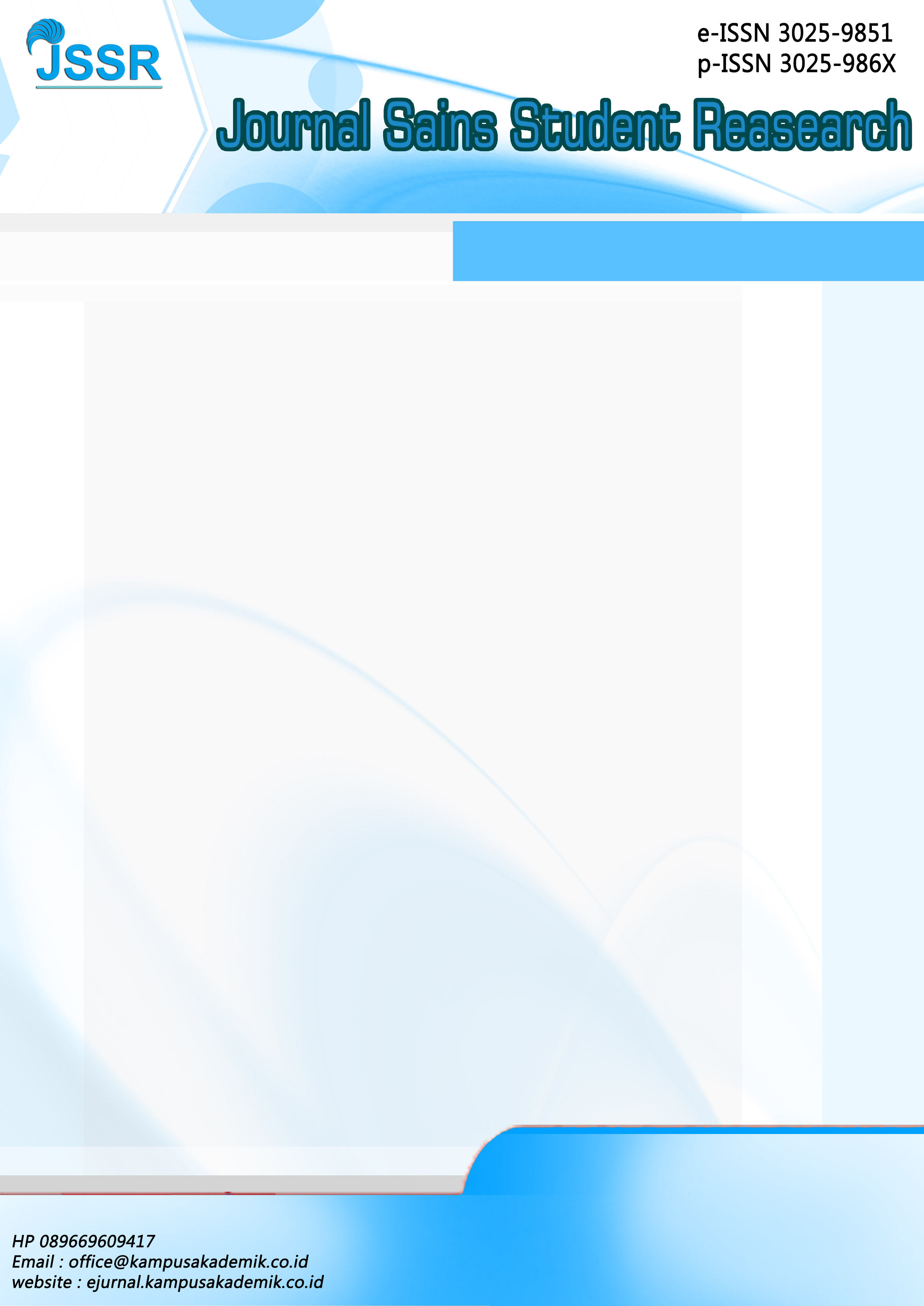MAHAR CINCIN DARI BESI MENURUT PERSPEKTIF FIQIH DAN UUP NO.1 TAHUN 1974
DOI:
https://doi.org/10.61722/jssr.v2i4.2091Keywords:
Comparative Study, Iron Ring Dowry, According to Fiqh Perspective and UUP NO.1 of 1974.Abstract
. In Islam, marriage relations are sacred. Marriage is not free from dowry because dowry is an essential part of marriage. Without a dowry, it is not stated that the marriage has been carried out properly. There are things that must be paid attention to when giving a dowry, namely that the dowry must be present at the wedding but must be adjusted to each cultural decision. However, in Javanese custom, giving a dowry in terms of amount, nominal or essential value tends to be detrimental to the woman. There are still many cases of giving iron rings as dowries. This is what makes researchers interested in studying the issue of dowry rings made of iron in the form of scientific literature in order to clarify the status of dowry efficiency today. Based on this, the focus of this research is what is a good dowry according to fiqh and what is a dowry according to Marriage Law No. 1 of 1974.
This research was carried out using qualitative methods, this type of research is library research. The problem approach used is a normative-juridical approach by looking at all problems based on the perspective of sharia contained in the texts of the Koran and Sunnah as well as classical books, and from the juridical side it is conveyed from the perspective of the laws that apply in Indonesia.
Based on the description above regarding the comparative dowry of iron rings according to fiqh and uup no. 1 of 1974, it can be concluded that: (1) Comparing the dowry of iron rings according to fiqh and uup for the sakinah family. (2) The istinbath ushul fiqh method in studying iron ring dowries using an approach to the benefit of both parties. Such a method is included in the category of ijtihad byani which is equipped with the qiyas thinking pattern.
References
Kamal Muchtar, Asas-asas Hukum Islam Tentang Perkawinan, (Jakarta: Bulan Bintang, 1974), 78.
Kaharuddin, Nilai-Nilai Filosofi Perkawinan, (Jakarta: Mitra Wacana Media, 2015), 203.
Al-Imam Mohammed ben Ismail Al-Bukhari, Shahih Al-Bukhari, (Lebanob: Dar Al-kotob Al-Ilmiyah Beirut, 2020), 384.
Asep Sobari, Fiqih Sunnah Untuk Wanita, (Jakarta: Darul Bayan Alhaditsah, 2012), 667.
Ahmad Fazl, Pedoman Perkawinan Dalm Islam, (Jakarta: Kencana, 2010), 20.
Basrowi & suwandi, memahami penelitian kualitatif, (Jakarta: PT Rineka Cipta, 2008), 1.
S Nasution, metode research (Penelitian Ilmiah ), (Jakarta: Bumi Aksara, 2006),145.
Suharsimi Arikanto, Prosedur Penelitian Suatu Pendekatan Praktik, (Yogyakarta: Rineka Citra, 2006), 129.
Hasyim Abbas, Metode Penelitian Hukum Islam, (Materi Kuliah Studi Fiqih Kontemporer), (Jombang: Universitas Darul Ulum, 2010), 11-14.
Syaikh al-Allamah Muhammad bin Abdurrahman ad-Dimasyqi, Fiqih Empat Mazhab, (Jeddah: al-Haramain li ath-Thiba’ah wa an-Nasya wa at-Tawjiz), 334.
Abdullah Nashih Ulwan, Pengantin Islam: Adab Meminang dan Walimah menurut al-Quran dan as-Sunnah, terj. Ainur Rafiq Sholeh, (Jakarta: al-Islahy Press, 1983), 69.
Yahya Harahap, Kedudukan Kewenangan dan Acara Peradilan Agama, (Jakarta: Sinar Grafika,2007), 40.
Darmawan, Eksitensi Mahar dan Wa,limah, (Surabaya: Avisa, 2011), 11-13.
Syaikh al-Allamah Muhammad bin Abdurrahman ad-Dimasyqi, Fiqih Empat Mazhab, (Jeddah: al-Haramain li ath-Thiba’ah wa an-Nasya wa at-Tawjiz), 336.
Sahal Mahfudh, Al-Bayanul Mulamma’ (Kajen: 2001), 191.
Downloads
Published
Issue
Section
License
Copyright (c) 2024 JOURNAL SAINS STUDENT RESEARCH

This work is licensed under a Creative Commons Attribution-ShareAlike 4.0 International License.













